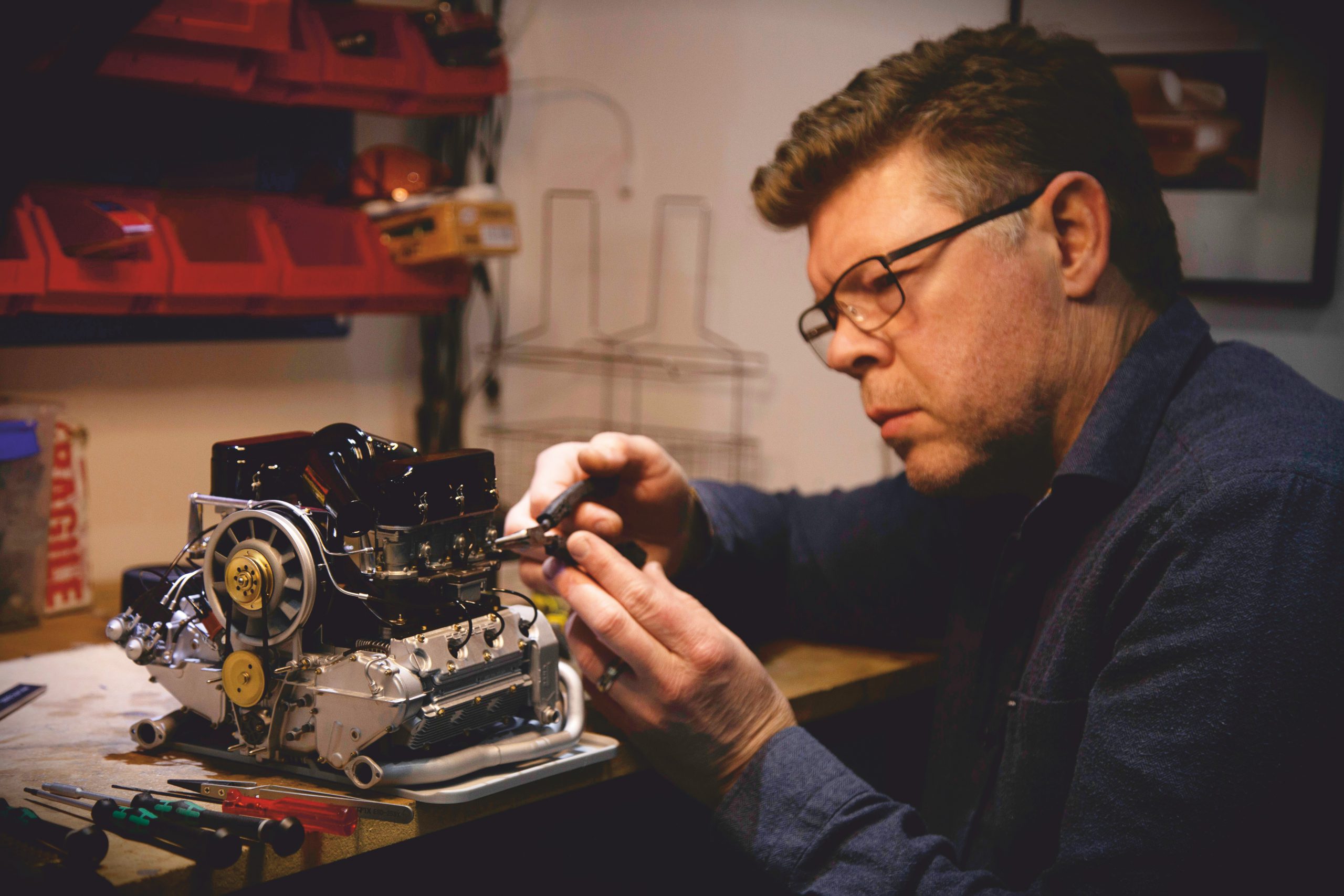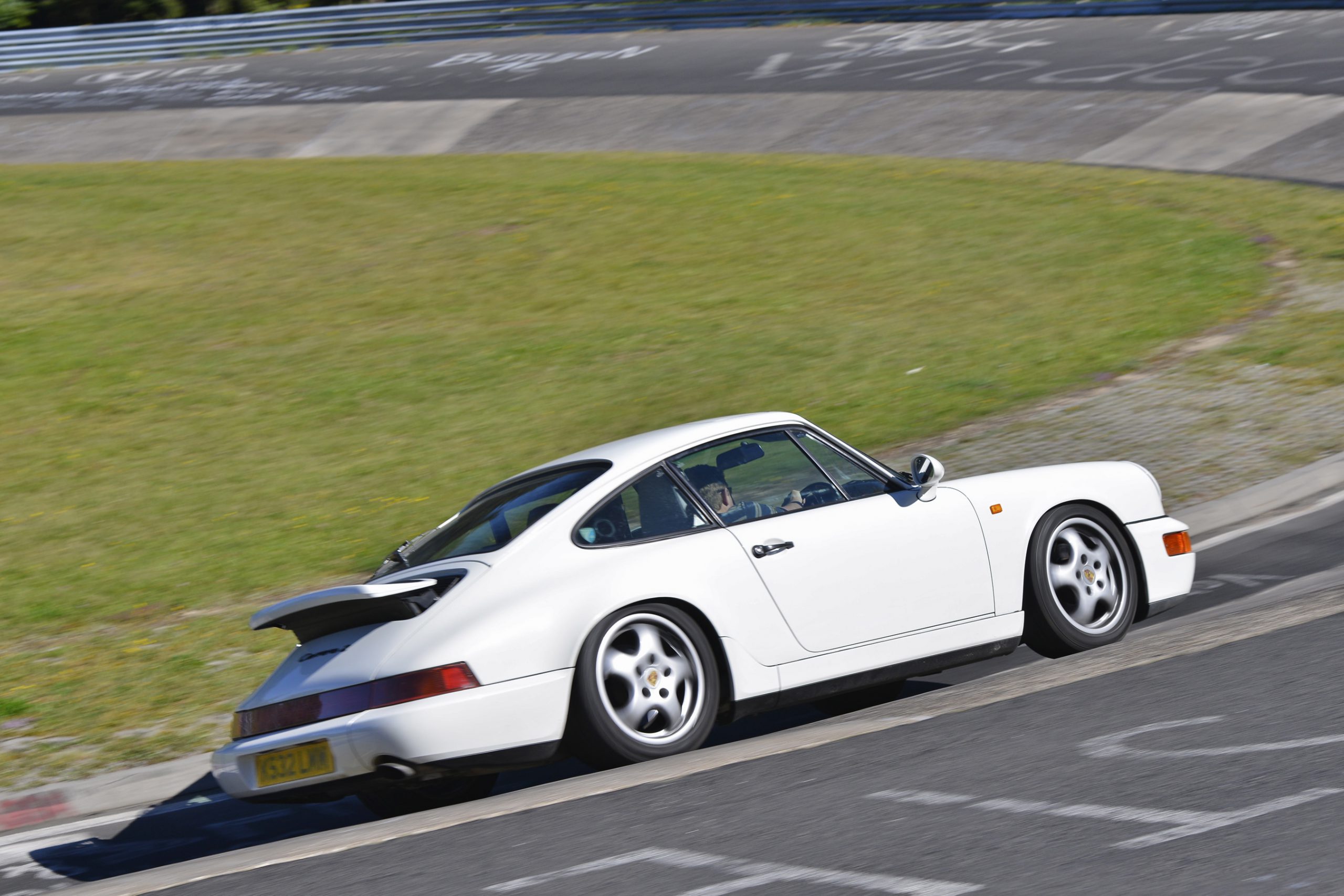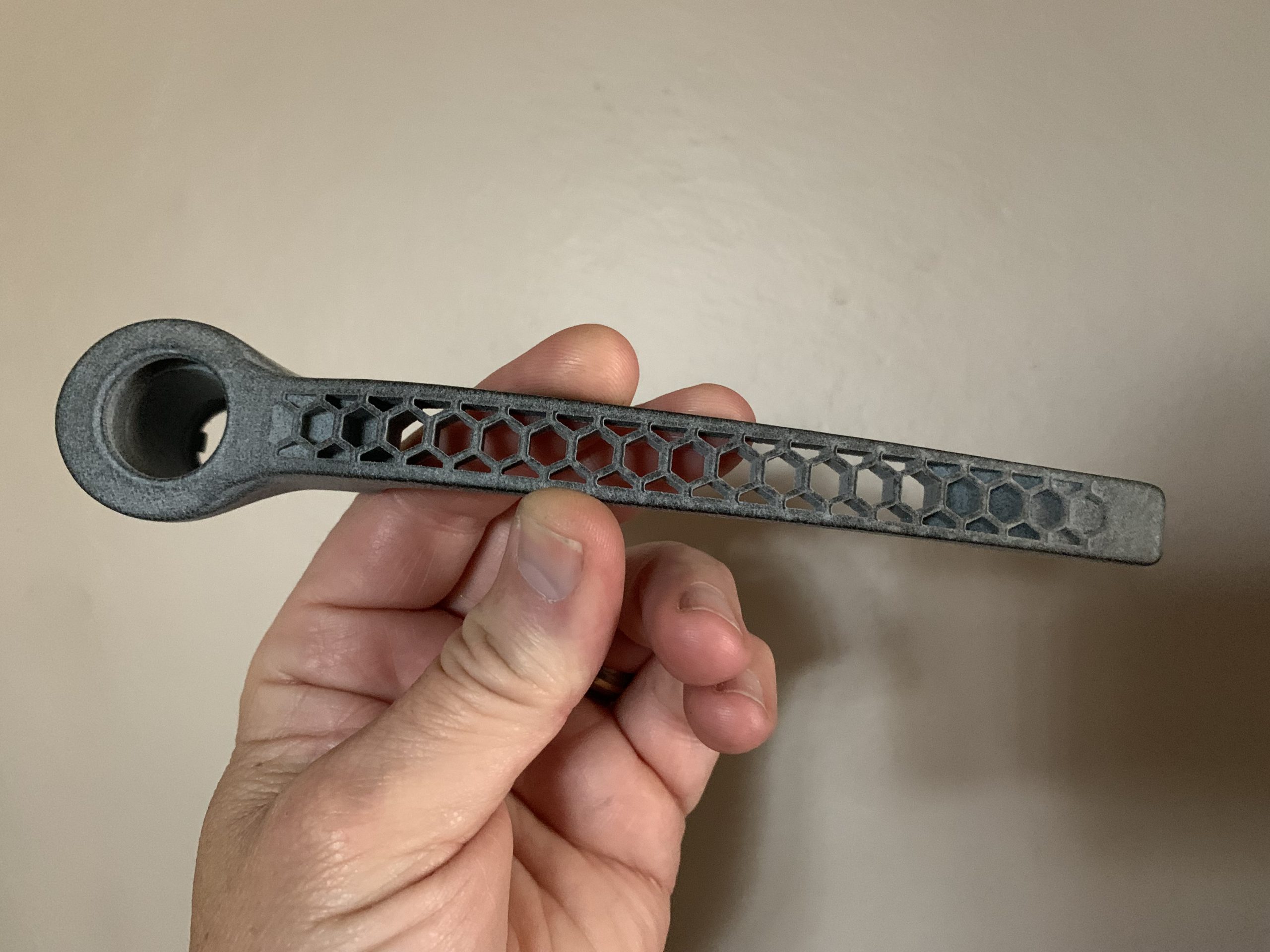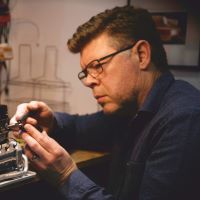Here at Mango 3D, we love seeing people using and enjoying Lychee Slicer to bring their passion to life. We want to highlight our users, so here is our serie of articles: Featured Artists!
Martin Wiesner has several passions in life. Among them are vintage cars and 3D printing. Martin has the chance to turn both of his passion into a business.
We wanted to know how Martin developed his ability to turn his passion into a job. If you are curious too, here is his interview!
3D Printing talk with Martin Wiesner:
from the love of Porsche to the love of 3D printing
Q: Could you introduce yourself and your in a few words?
A: I grew up in South Africa where I spent most of my youth in the garage fabricating things from leftover materials, and later writing programs for the early Apple II. Quite appropriate that decades later I ended up using computers to fabricate things!
These days I’m UK-based and my business is to design and manufacture parts which are no longer available for older Porsches. I also make components for some well-known sports cars where production volumes are too low for traditional manufacturing.
As a side-project I started producing artwork based on the 911 engine which I always viewed as beautiful but aesthetically overlooked. This led to a 1:4 scale version of the Porsche 911 engine which has become quite popular among collectors.

Martin Wiesner working in his workshop

Martin in his Porsche 964 on the Nurburgring
Q: Where does your passion for cars and especially Porsche come from? And what about the one for 3D printing?
A: Like most boys of my era I liked cars, especially fast ones. Porsches were incredibly rare and viewed as almost mythical in the parts where I grew up. In later years I was fortunate enough to drive and race these cars and I developed a love for the older models.
One day I had an idea for a part that could improve horsepower but the solution was too complex for traditional manufacturing. I eventually bought myself a 3D printer, taught myself CAD and started working. The idea worked and led to the development of more parts, and over time it became a business.
My struggle to design and print that very first part led to an appreciation for the frustrations and joys of additive manufacturing. It’s incredibly satisfying to see your idea turn into a real object.
Q: Where does your passion for cars and especially Porsche come from? And what about the one for 3D printing?
A: Like most boys of my era I liked cars, especially fast ones. Porsches were incredibly rare and viewed as almost mythical in the parts where I grew up. In later years I was fortunate enough to drive and race these cars and I developed a love for the older models.
One day I had an idea for a part that could improve horsepower but the solution was too complex for traditional manufacturing. I eventually bought myself a 3D printer, taught myself CAD and started working. The idea worked and led to the development of more parts, and over time it became a business.
My struggle to design and print that very first part led to an appreciation for the frustrations and joys of additive manufacturing. It’s incredibly satisfying to see your idea turn into a real object.

Martin in his Porsche 964 on the Nurburgring
Q: Why did you choose to work with these specific models of Porsche, the 911 and 901?
A: The distinctive 911 shape made a huge impression on me as a boy. Perhaps because it looked so different from anything else. In later years I found it to be a very rewarding car to drive and so I ended up restoring them in my spare time and eventually making parts to keep them on the road.
Something that I found particularly fascinating about these cars was the engines. I used to rebuild them and I marvelled every time at the cooling fins, complex castings, rods and levers. The thought of hiding it in an engine bay just felt wrong. I found the steampunk-like character of these old engines mesmerising, especially the 901 model (which is what the very first version of the 911 was called). It’s just a feast of mechanical abundance and that’s also why I ended up focusing on this specific model for my engine art project.
911 engine and CAD of the Weber Carburator
Q: How and why did you start 3D printing? Where does the idea to merge 3D printing and cars come from?
A: I followed 3D printing for years but always viewed it as a novelty with little real-world use. In 2018 it all changed when the performance part that I mentioned earlier frustrated me to the point where I tried my hand at 3d printing. I realise today that I jumped into additive manufacturing at the very deep end and perhaps a little too early for what the technology could offer at the time. However the bug bit me and when the intake part was finally finished I already had a pile of no-longer-available Porsche parts on my desk and restorers were willing to pay if I could reproduce them.
Around this time I also started experimenting with resin printing and quickly saw its potential for knobs, buttons and other customer facing items. Slowly but surely I built up a catalogue of parts that fitted well, looked good and worked as well as the originals. So it’s almost by accident that I ended up combining my love for cars and 3D printing.

3D printed automotive part
“One thing I’ve learned is not to be afraid to break the rules and try new things.”
Q: In which way 3D printing helps you with your work?
A: The niche that I operate in wouldn’t exist without 3D printing. It’s the main pillar of my business. I also print jigs and fixtures to help me with my work, so 3D printing is doubly beneficial to me.

3D Printed prototype dashboard

Dashboard in car
Q: Which feature of Lychee Slicer helps you the most with your work?
A: The reason why I switched to Lychee slicer was its ability to load a new version of a model without me having to re-do all the supports. Also the granular way in which supports can be adjusted, that is powerful and I use it all the time.
My workflow is very simple. I place my supports manually so I start by looking at the various ways I could orient the model, always aiming for the fewest supports and the highest print quality, which is sometimes mutually exclusive. I then run the island detector in real mode to highlight any areas that I might miss. I then go layer by layer and place supports where needed, often re-starting a few times as I discover better ways to orientate the object.
These are my top tips and tricks:
1. When possible, I design my object specifically for printing. This may mean splitting the part in more than one piece or altering the shape slightly to make it more printable.
2. Support placement is key. I consider every support location carefully taking into consideration not only islands and overhangs but stresses on the model during printing, also stresses on the actual support pillar.
3. I work with many different resins and make sure that I can print every model I have with every resin I have, without ever altering the supports. That requires a tremendous amount of fine-tuning but saves time in the long run.

Fan Housing in Lychee Slicer

Fan Housing in Hand

Seat recliner knob in Lychee slicer

Seat recliner knob printed in resin and painted
Q: In the context of printing mechanical pieces, what is your best tip for a successful print?
A: A successful print starts at the design phase. Wherever possible I design my parts specifically for the type of printing I have in mind and for the stresses they will experience. For FDM I always keep anisotropic limitations in mind and for resin I avoid thick solid areas which could cause dimensional inaccuracy.
Secondly, know your material. Stay well within its limits when printing functional parts. I learned for instance the hard way that not all carbon fibre nylons are the same despite what the data sheets say. The same goes for resins. I thoroughly test every material before I use it for production work.
Q: What is your favourite project you made?
A: My favourite functional part is an air control box for classic Porsches. It was one of the most complex designs I’ve ever dealt with and the result was one of the most satisfying. I often use it as a case study to illustrate the process from scan to design to print.
However nothing is closer to my heart than the engine art project. It’s taken thousands of hours to make a perfect little replica of the historic 901 engine. It consists of around 400 parts, the majority printed in resin. The difficulty was designing each part to maintain the outward appearance of the real thing while on the inside ensuring that everything fits together in a practical way. And then I needed to find a way of printing each part neatly and accurately. That was quite a challenge.

Air Control Box assembled

Air Control Box disassembled
Q: Can we have a sneak peek of your future project?
A: I have a few exciting projects in the pipeline. One of them is adding the legendary 911R to my engine art line-up. It’s largely based on the 901 but has a completely different intake system and some tricky materials that I’ll have to somehow faithfully replicate.
Another is to help Karmann Connection make the world’s lightest 911 even lighter. Their record-breaking car is quite famous in the Porsche world and I’m delighted to be involved in the project. I’ve for instance developed a door handle which only weighs a few grams while still retaining sufficient strength for daily use.
Q: Do you have something else to tell us? Feel free to say it here!
A: One thing I’ve learned is not to be afraid to break the rules and try new things. Many of my parts can’t be printed using conventional methods. I simply keep trying until I find a way, often a very unconventional way. The joy of a successful print is so much greater when it wasn’t supposed to work but against all odds it did.
Q: Where can we get in touch with you and follow your work?
A: You can always find my work on my website wiesnerdesign.com and on instagram @wiesner_design

About Martin Wiesner
Martin Wiesner has a passion for cars, especially the Porsches. He developed this passion during his childhood and carried it during his whole life.
He also finds a passion for 3D printing and CAD during that time. He was lucky enough to combine his two passions, the Porsches and 3D printing, and turn them into a job.
The Lychee Slicer Team wishes you the best of luck with your future projects!
Lychee Slicer is available for all users, either as a Free version or with a Pro subscription. Download the latest version from our download center right now or update directly from Lychee Slicer.
We’d love for you to join our community on our Discord server, it’s completely free! Several thousand users are exchanging ideas and sharing their 3D printing experience with Lychee Slicer every day.

A wonderful product made with passion by



